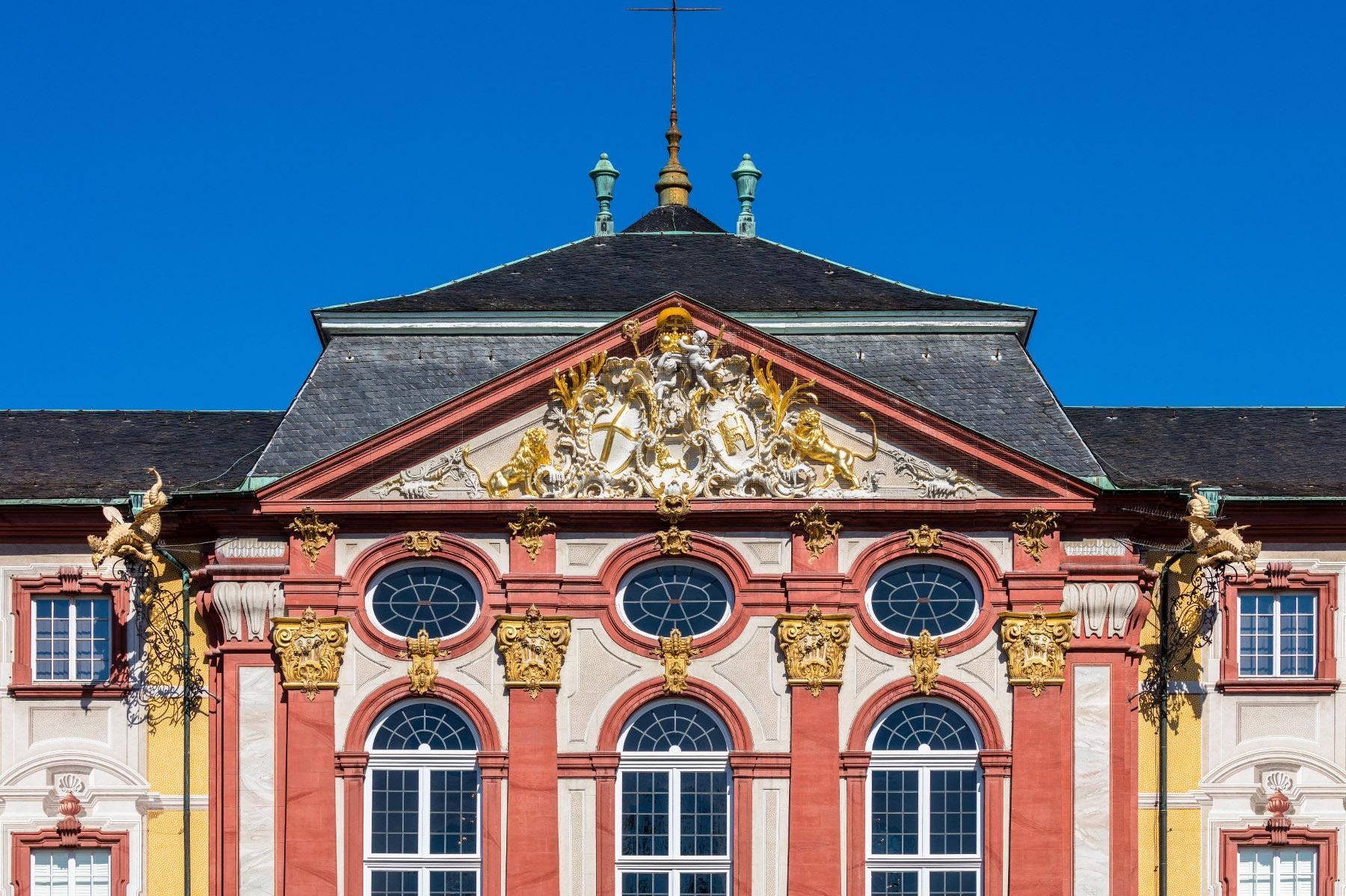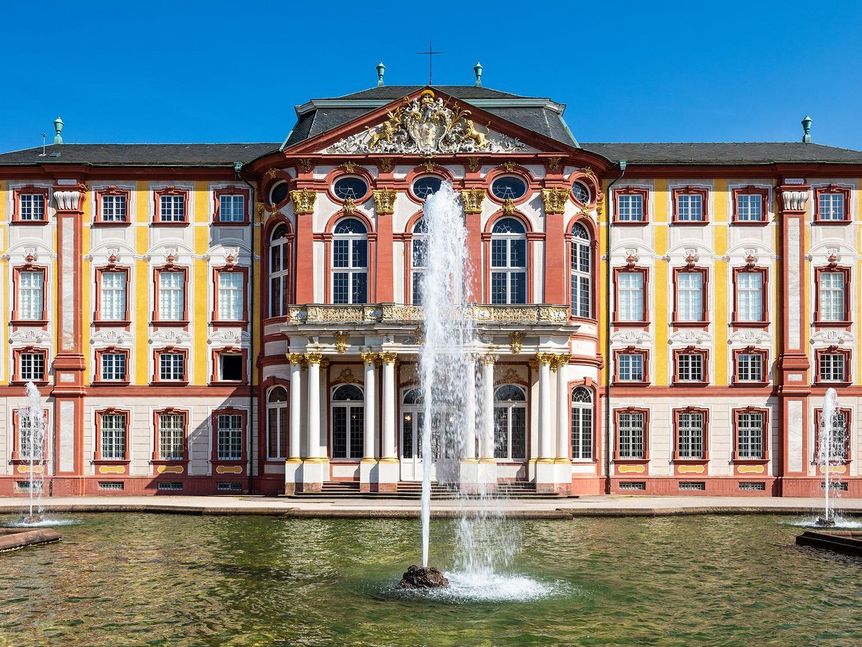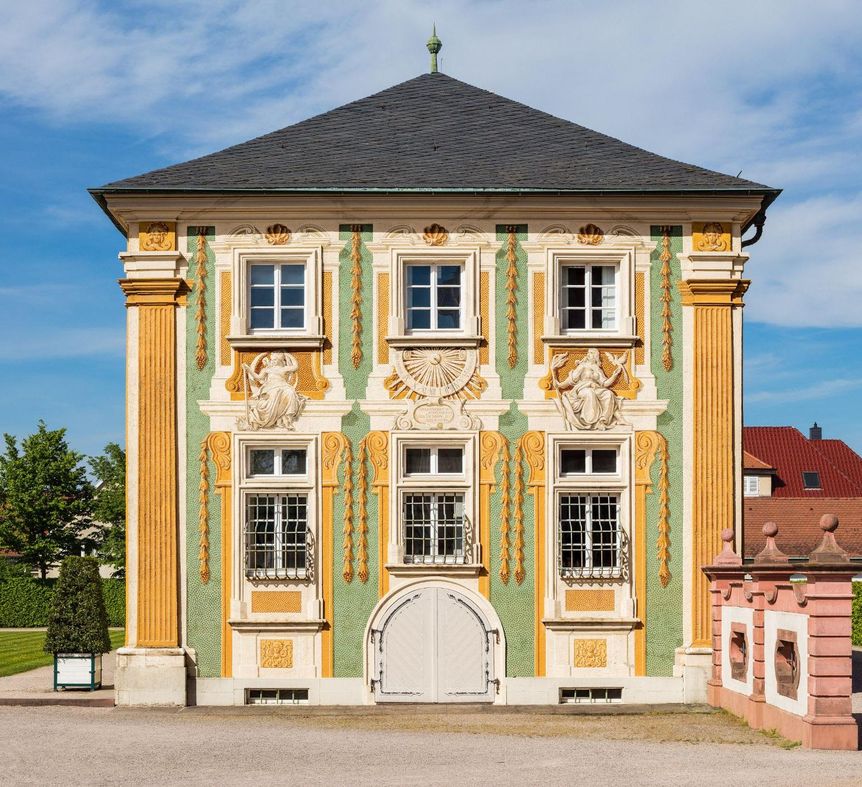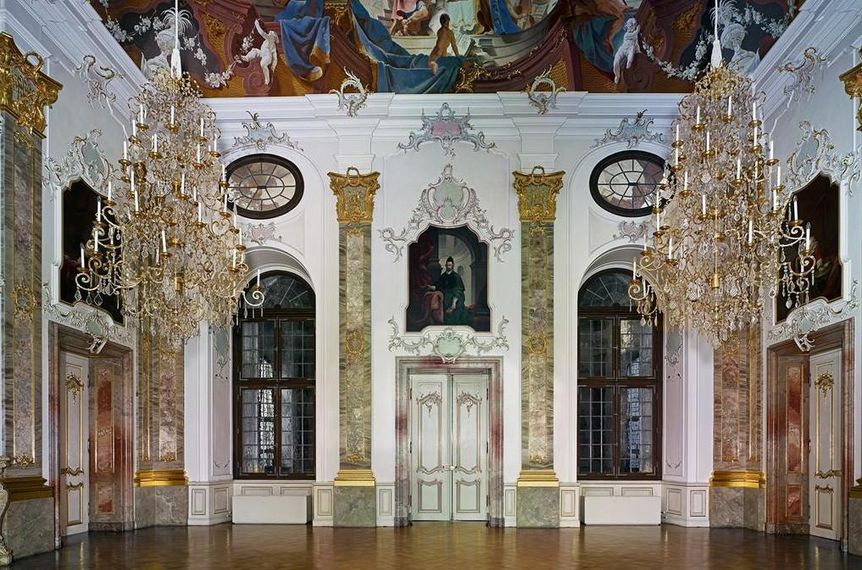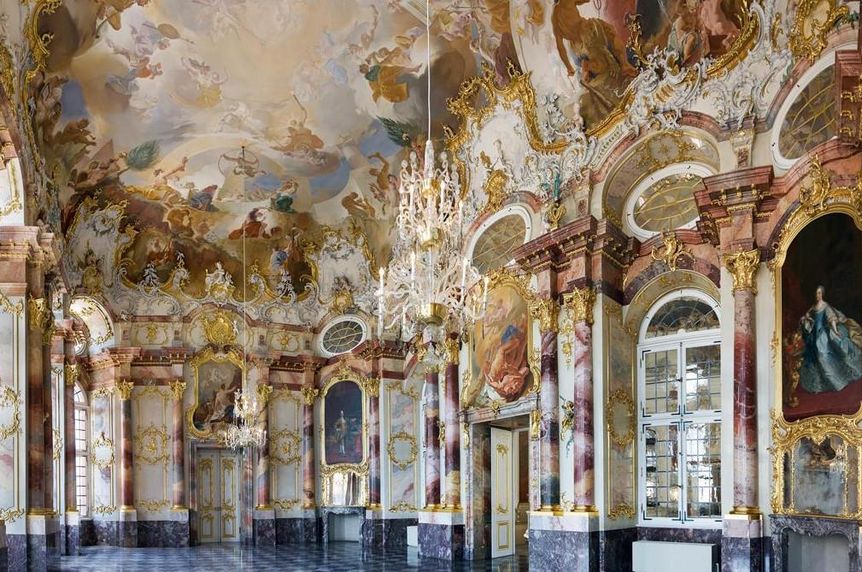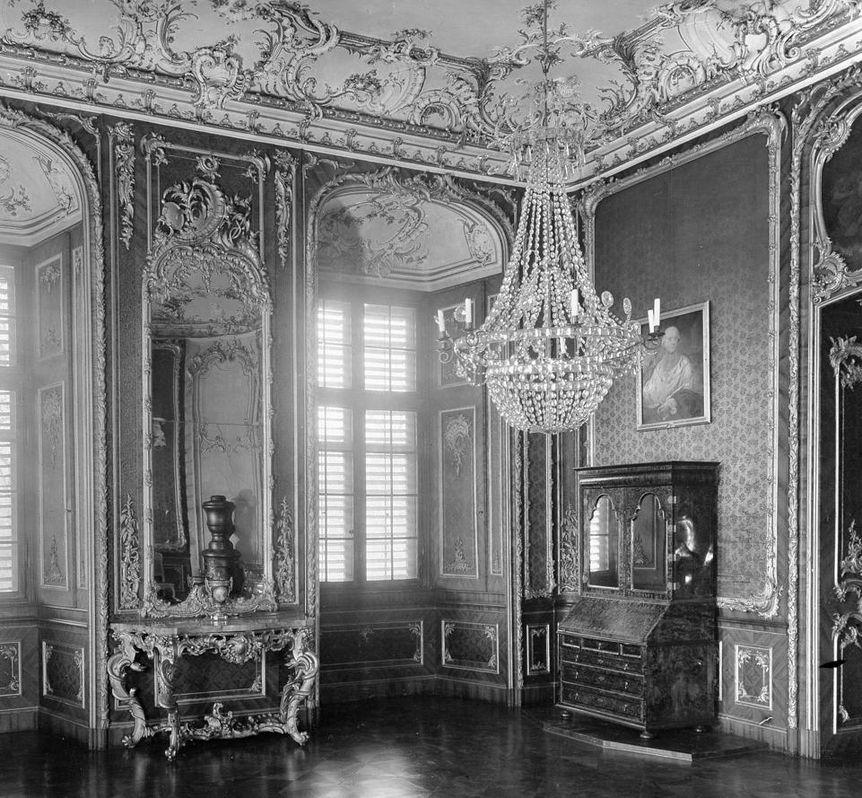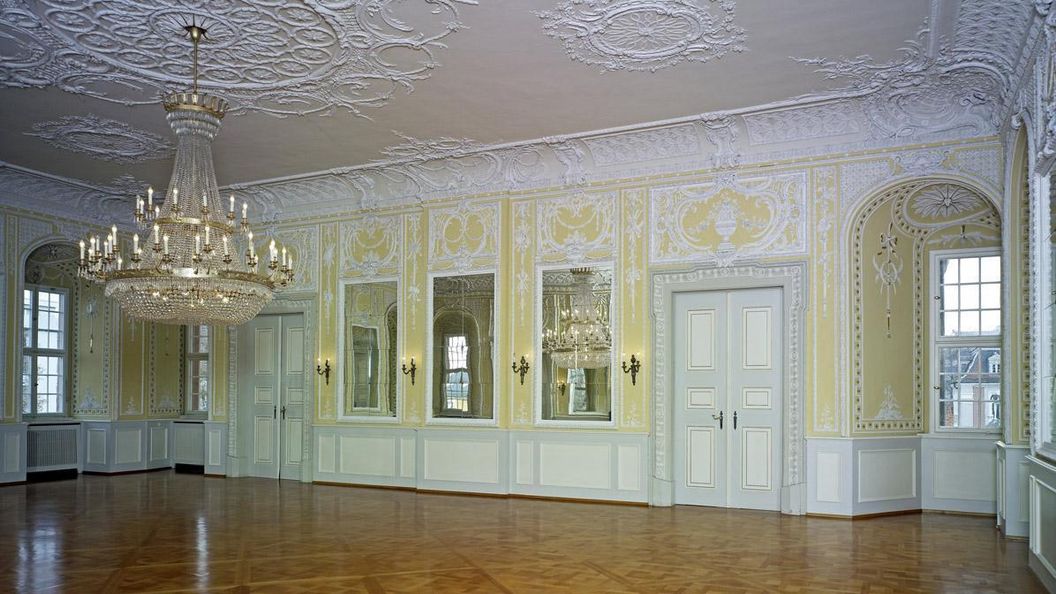Baroque and Rococo in Bruchsal PalaceHistory of design
Visitors approaching Bruchsal Palace quickly notice that representation, illusion, and presentation determine the architecture. When the foundation was laid in 1722, the Baroque period was already in its last phase. It was only a few decades later that the Rococo style became dominant.



